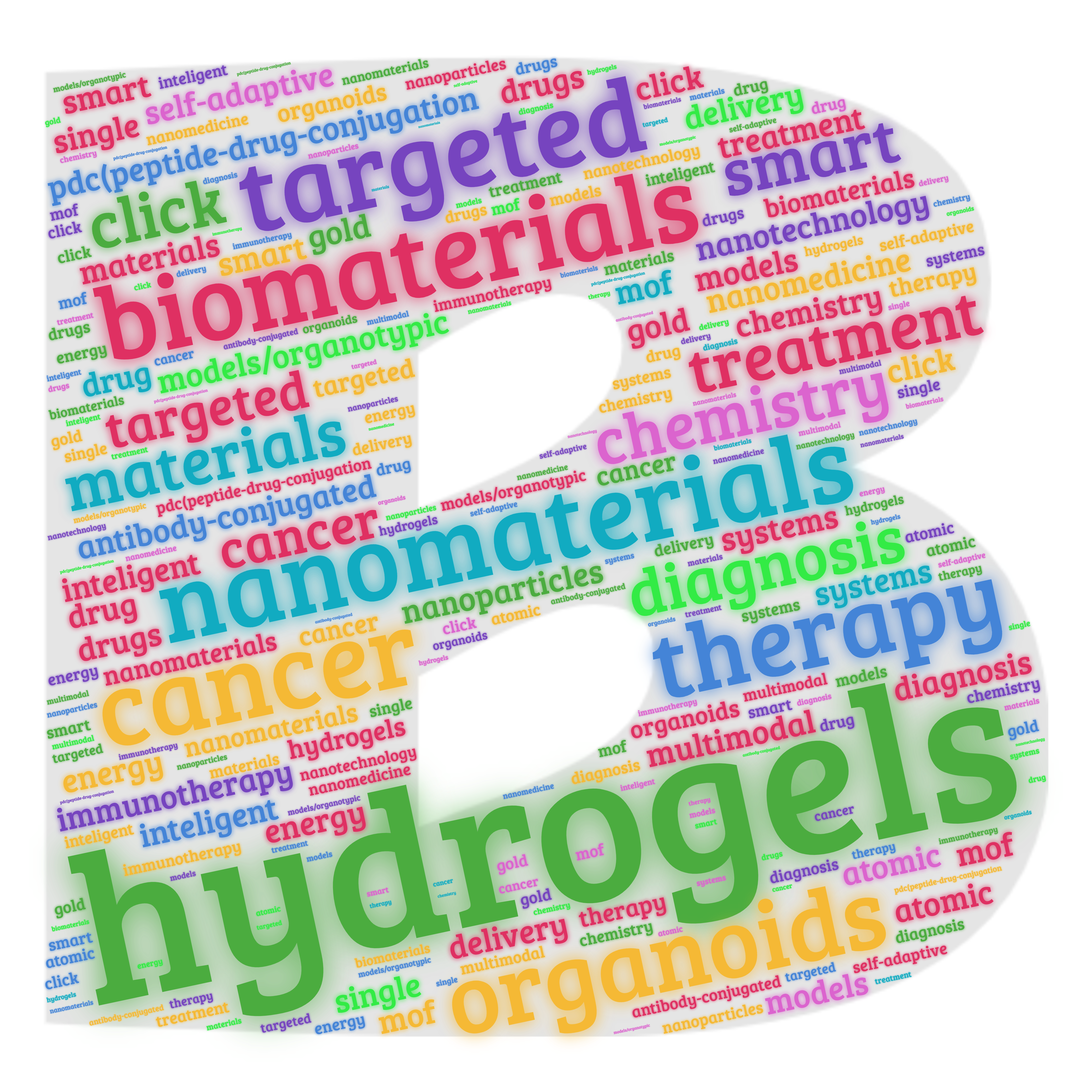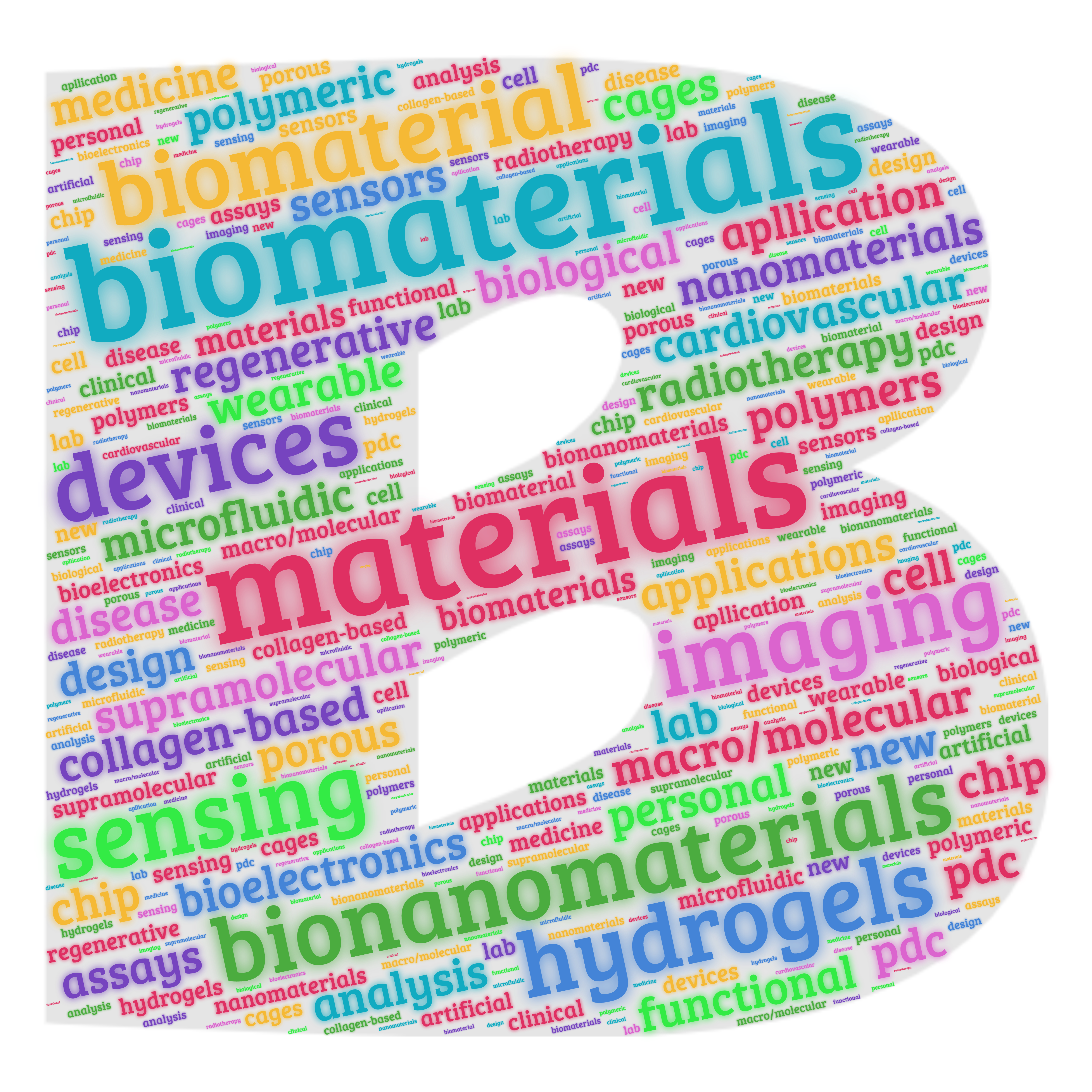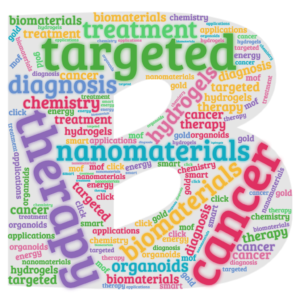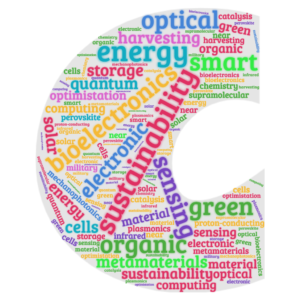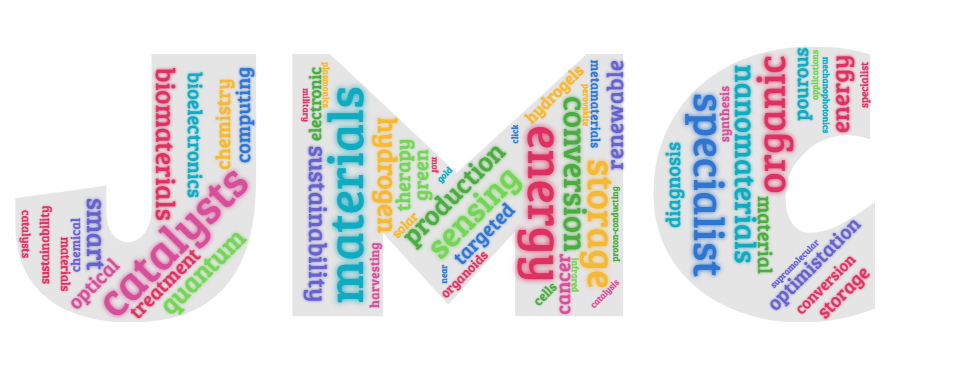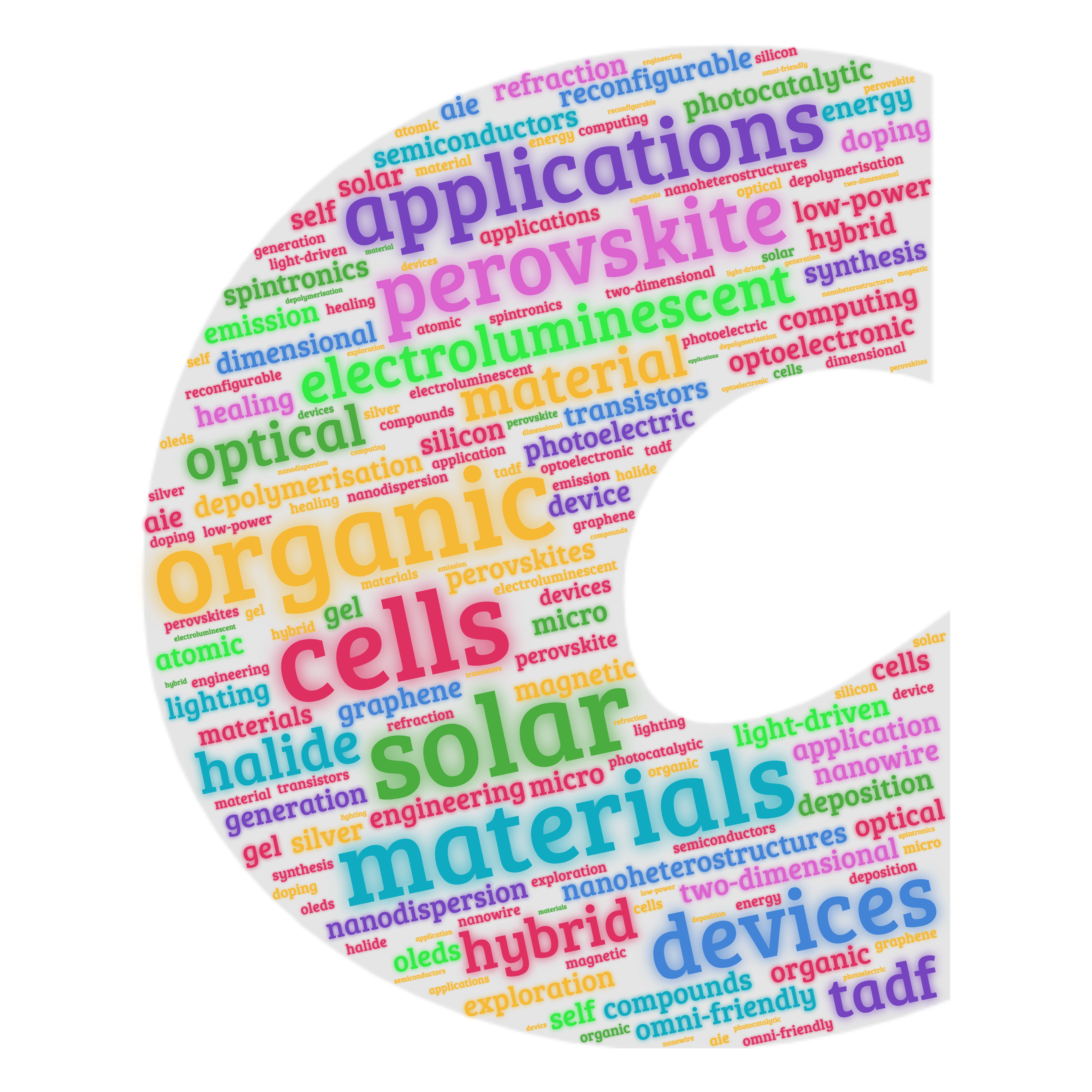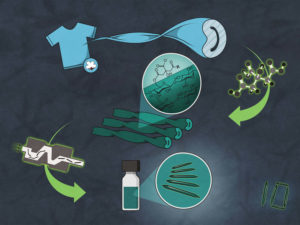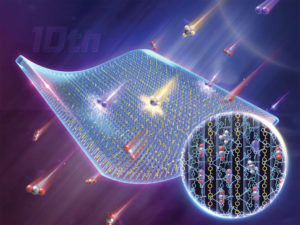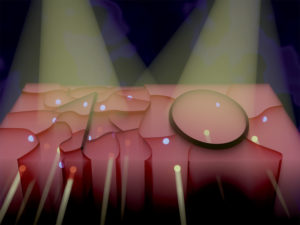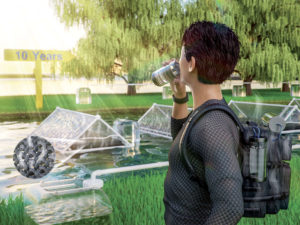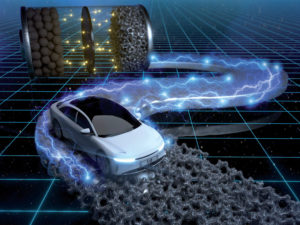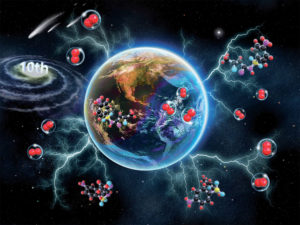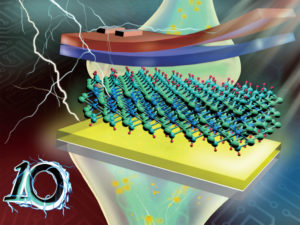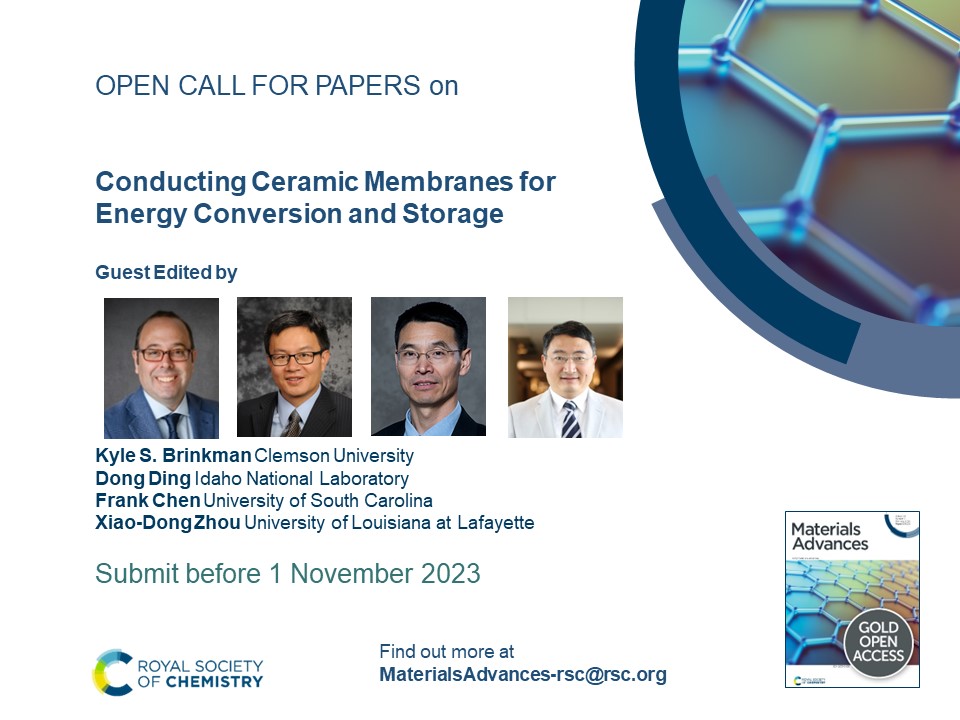This year we are pleased to celebrate 10 years since Journal of Materials Chemistry was split into three respective journals: Journal of Materials Chemistry A, B and C, each focusing on a different aspect of materials chemistry. We are grateful to our fantastic community of authors, reviewers, Board members and readers and wanted to showcase just some of them in a series of ‘Community Spotlight’ blog articles.
Next in our ‘Community Spotlight’ series, we feature some of our authors who have supported us by publishing in Journal of Materials Chemistry A, B or C regularly over the last ten years. We have asked them what they like most about publishing with the journal and how their research has evolved over the years. Check out their interview responses below.
Prof. Ghim Wei Ho
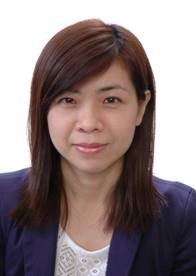
Prof. Ghim Wei Ho is currently the Vice Dean of Student Life and a full professor of the Department of Electrical & Computer Engineering at the National University of Singapore (NUS). She leads the Sustainable Smart Solar System research group working on fundamental and applied research on nanosystems with emerging low-dimensional nanomaterials, interfacial interactions, and hybridized functionalities for energy, environment, electronics, and healthcare. She has co-authored more than 200 papers in international refereed journals. She was an elected Scholar at Selwyn College, University of Cambridge, and is a Cambridge Commonwealth Society Fellow since 2006. She is also a Fellow of the Royal Society of Chemistry (FRSC). In 2014, she was awarded the L’OREAL UNESCO for Women in Science Fellowship. In 2015, she was the honoree winner of the JCI’s Ten Outstanding Young Persons (TOYP) Award in the Science and/or Technological Development category. In 2016, she was honored as the Science & Technology winner for the Great Women of Our Time and the ASEAN-US Science Prize for women. She is serving as an Associate Editor of Journal of Materials Chemistry A and Materials Advances, as well as Editorial Advisory Boards of Advanced Sustainable Systems, ChemPlusChem, Advanced Materials Technologies, and ChemNanoMat. |
What do you like most about Journal of Materials Chemistry A as a place to publish your latest materials chemistry research?
What I appreciate most about Journal of Materials Chemistry A as a platform for publishing my latest materials chemistry research is the journal’s commitment to showcasing high-quality, cutting-edge research. The rigorous peer-review process and the esteemed editorial board ensure that the published works maintain a high standard, which adds value to the research community. Additionally, the wide readership and accessibility of the journal facilitate the dissemination of knowledge and allow for fruitful collaborations.
How has your research evolved from your first Journal of Materials Chemistry A article to your most recent publication in the journal?
The evolution of my research from my first Journal of Materials Chemistry A article to my most recent publication in the journal is evident in the breadth and depth of the topics explored. My first publication focused on the development of a cost-effective optical technique for real-time monitoring of nucleation and growth dynamics in Ga:ZnO films. This work demonstrated the potential for controlled, low-cost aqueous routes to produce high-quality transparent conductor films. Fast forward to my latest publication, which is a review of the recent advances in atmospheric water harvesting and moisture-enabled energy generation technologies. This demonstrates the progression in my research interests, moving from materials synthesis and characterization to broader applications in sustainability and energy conversion. Throughout this journey, the Journal of Materials Chemistry A has provided an excellent platform for sharing my research with the scientific community.
Prof. Guoping Chen
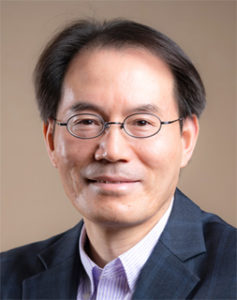
Guoping Chen was an Associate Editor for Journal of Materials Chemistry B for 9 years until last June. He is a Group Leader at National Institute for Materials Science (NIMS) and a Professor at University of Tsukuba, Japan. He received his Ph.D. from Kyoto University in 1997 majoring in polymer biomaterials and did postdoctoral research until 2000. He joined the Tissue Engineering Research Center, National Institute for Advanced Industrial Science and Technology as a Researcher in 2000 and a Senior Researcher in 2003. He moved to the Biomaterials Center, NIMS as a Senior Researcher in 2004 and was promoted to Group Leader in 2007. He served as a Principal Investigator and Unit Director of the International Center for Materials Nanoarchitectonics, NIMS from 2011 to 2017. He is a Fellow of the Royal Society of Chemistry (FRSC, 2015), the American Institute for Medical and Biological Engineering (AIMBE, 2017) and the International Union of Societies for Biomaterials Science and Engineering (FBSE, 2020). His research focuses on biomaterials, scaffolds, biomimetic matrices, micro-patterning, surface modification, tissue engineering, regenerative medicine and nanomedicine. |
What do you like most about Journal of Materials Chemistry B as a place to publish your latest materials chemistry research?
I think Journal of Materials Chemistry B is one of the most prestigious journals in the field of materials chemistry. It bridges a broad scope in materials chemistry from fundamental research to biological and medical applications. Its high quality, reputation and broad readership provide an excellent opportunity to rapidly share and disseminate the latest research findings in the community.
What made you decide to keep publishing your work with the journal over the past years?
In addition to the high quality, the fast turn-around time and good service are very attractive. There are many channels for authors to communicate and discuss their manuscripts with the editors.
How has your research evolved from your first Journal of Materials Chemistry B article to your most recent publication in the journal?
Significant progress has been made in our research since our first Journal of Materials Chemistry B article that is related to bioactive scaffolds was published in 2014. Reading the high-quality articles in this journal allows us to follow the innovative knowledge and latest development in materials chemistry. We have been incorporating some novel ideas and methods in our research to synthesize bioadaptive materials with more biomimetic structures and higher functions.
Prof. Antonio Facchetti
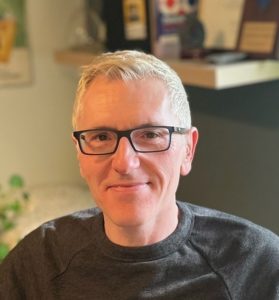
Prof. Antonio Facchetti is a Research Professor at Northwestern University and a Guest Professor at Linkoping University. He is also a co-founder and currently the Chief Technology Officer of Flexterra Corporation. He has published more than 560 research articles, 15 book chapters, and holds more than 120 patents. In 2010 he was selected among the “TOP 100 MATERIALS SCIENTISTS OF THE PAST DECADE (2000-2010)” by Thomson Reuters and has been recognized as a Highly Cited Scientist since 2015. He received the ACS Award for Creative Invention, the Giulio Natta Gold Medal of the Italian Chemical Society, the team IDTechEx Printed Electronics Europe Award, the corporate Flextech Award. He is a Fellow of the European Academy of Sciences, National Academy of Inventors, MRS, AAAS, PMSE, Kavli, and RSC. Facchetti is an Associate Editor of Journal of Materials Chemistry C. Prof. Facchetti’s research interests include synthesis of organic and metal oxide semiconductor, conductor and dielectric materials, electronic and mixed ionic-electronic conductors, molecular doping, transistors, circuits, organic SERS devices, sensors, batteries, and photovoltaics. |
What made you decide to keep publishing your work with Journal of Materials Chemistry C over the past years?
Since my research spans from new synthetic methodologies to engineering of devices based on novel materials, JMCC is ideal to disseminate very novel results to a broad audience comprising scientists from academia, national labs and industrial research laboratories.
How has your research evolved from your first Journal of Materials Chemistry C article to your most recent publication in the journal?
I have been interested in developing materials for opto-electronics for my entire career. However, while my initial work had more emphasis in the molecular design and synthetic aspects of electro-optic and electron transporting semiconductors now I am more focussed on combining new materials for different device functions particularly where photonic and electronic signals are coupled and ionic-electronic conductors for bioelectronics.
Prof. Jean’ne Shreeve
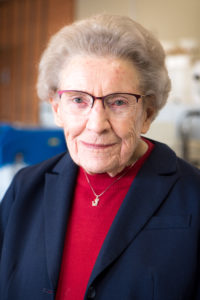
Jean’ne M. Shreeve is a Montana native and received a Ph.D. in inorganic chemistry at the University of Washington, Seattle. She has been at the University of Idaho since 1961 where she served as chemistry department head and vice president for research and graduate studies. In 2011, Shreeve was named a University Distinguished Professor. Her research interests include the design, syntheses, characterization, and reactions of energetic materials, fluorine-containing compounds, and energetic ionic liquids published in more than 725 papers in refereed journals. |
What do you like most about Journal of Materials Chemistry A as a place to publish your latest materials chemistry research?
Having grown up with various Royal Society of Chemistry journals, we expected that this new venture, Journal of Materials Chemistry, would be high class. We were not disappointed nor surprised when the manuscript quality and pressure demanded division into three journals with one – Journal of Materials Chemistry A having a main focus on the materials for energy, including materials for energy storage and conversion, conservation of scarce natural resources and sustainability and green processes. This enables attraction of the very best science resulting in a surging publication pressure leading to an almost sky rocketing Impact Factor value. The Journal of Materials Chemistry A has led the way as the progress and direction of these fields have been modified with changing sophistication and interest of the science.
What made you decide to keep publishing your work with the journal over the past years?
Being published in the Journal of Materials Chemistry A acknowledges that the work being done in our lab is at the very top of the field and that it will share pages in every issue only with the very best. This will tend to draw attention to our chemistry while simultaneously keep us up to date as we peruse the contents of each issue.
Prof. Neil Robertson
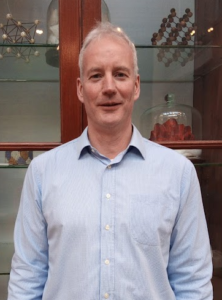
Neil Robertson is an Associate Editor of Journal of Materials Chemistry C. He graduated from the University of Edinburgh and worked in FU Berlin, University of Wales and Imperial College London before returning to University of Edinburgh. He leads research on molecular materials and nanomaterials for solar photovoltaics, photocatalytic water treatment and electrical energy storage. His team won the Kerr Macgregor Award for solar innovation in 2021. He is Fellow of the Royal Society of Chemistry and Fellow of the Higher Education Academy (UK). He has previously served as Elected Member of RSC Dalton Council and RSC Materials Chemistry Division Council and is currently Dean International Partnerships for Science and Engineering at the University of Edinburgh.
|
What do you like most about Journal of Materials Chemistry A as a place to publish your latest materials chemistry research?
I have always found that the J. Mater. Chem. journal family, and RSC journals more generally, are run for the benefit of the chemistry community, with high editorial standards and a commitment to strive towards diversity and inclusion.
What made you decide to keep publishing your work with the journal over the past years?
The quality and constructive approach of referees has provided very valuable feedback on manuscripts and has greatly helped to improve the final published papers. I’m always very grateful to referees for their expert input and advice.
Prof. Cheol Seong Hwang
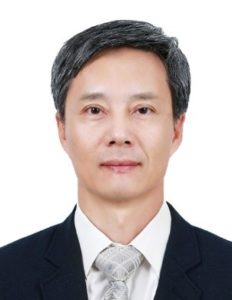 Cheol Seong Hwang received an MSc degree in 1989 and a Ph.D. in 1993 in the department of inorganic materials science and engineering, both from Seoul National University-Seoul, South Korea. In 1993 he joined the Materials Science and Engineering Laboratory of the National Institute of Standards and Technology, MD USA, as a postdoctoral research fellow. Then, he joined Samsung Electronics as a senior researcher in 1994 and contributed to semiconductor memory device fields by researching high-k dielectrics, including (Ba,Sr)TiO3. Since 1998, he has been a professor in the materials science and engineering department at Seoul National University. He has authored or co-authored more than 686 papers in international peer-reviewed scientific journals, cited ~40,000 times (H-index 93), and has given over 100 invited presentations at international conferences. He also holds 183 (89 approved, 94 under review) international/domestic patents. His research interests include high-k gate oxide, DRAM capacitors, new memory devices including RRAM/PRAM, ferroelectric materials and devices, negative capacitance effect, and thin-film transistors. He is also working actively in neuromorphic computing devices/materials. He is a member of the Korean Academy of Science and Technology, the National Academy of Engineering of Korea, and a Fellow of the Royal Society of Chemistry, UK. Cheol Seong Hwang received an MSc degree in 1989 and a Ph.D. in 1993 in the department of inorganic materials science and engineering, both from Seoul National University-Seoul, South Korea. In 1993 he joined the Materials Science and Engineering Laboratory of the National Institute of Standards and Technology, MD USA, as a postdoctoral research fellow. Then, he joined Samsung Electronics as a senior researcher in 1994 and contributed to semiconductor memory device fields by researching high-k dielectrics, including (Ba,Sr)TiO3. Since 1998, he has been a professor in the materials science and engineering department at Seoul National University. He has authored or co-authored more than 686 papers in international peer-reviewed scientific journals, cited ~40,000 times (H-index 93), and has given over 100 invited presentations at international conferences. He also holds 183 (89 approved, 94 under review) international/domestic patents. His research interests include high-k gate oxide, DRAM capacitors, new memory devices including RRAM/PRAM, ferroelectric materials and devices, negative capacitance effect, and thin-film transistors. He is also working actively in neuromorphic computing devices/materials. He is a member of the Korean Academy of Science and Technology, the National Academy of Engineering of Korea, and a Fellow of the Royal Society of Chemistry, UK. |
What made you decide to keep publishing your work with the Journal of Materials Chemistry C over the past years?
The journal’s review process has always been plausibly accurate and timely. In addition, the reviewer selections have been encouraging, and their comments were generally helpful in improving the quality of the submission. Besides, many other journals, mainly from commercial publishers, went to commercialize their products. As a result, the review process has been degraded, although their journal’s impact factors have been increased. Journal of Materials Chemistry C has not been strived in this way, rendering it a notable venue for sincere scientific work in the field.
Which of your Journal of Materials Chemistry C publications would you say you are most proud of and why?
Jeon et al., Enhanced Pseudo-Atomic Layer Deposition of Antimony Telluride Thin Films by Co-injecting NH3 Gas with Both Precursors (DOI: 10.1039/d3tc00007a). The reviewers have very favourably reviewed this work, and, as a result, the paper has been selected as the cover paper of the 10th-anniversary issue of the journal.
Thank you to all of our loyal and regular authors for their support of the Journal of Materials Chemistry family of journals over the years.
We hope you enjoyed finding out more about some of our authors. Keep an eye out for our next ‘Community Spotlight’!
If you missed any of our previous ‘Community Spotlight’ blog posts, check them out here.
Comments Off on Journal of Materials Chemistry A, B and C 10th Anniversary Community Spotlight: Dedicated Authors


